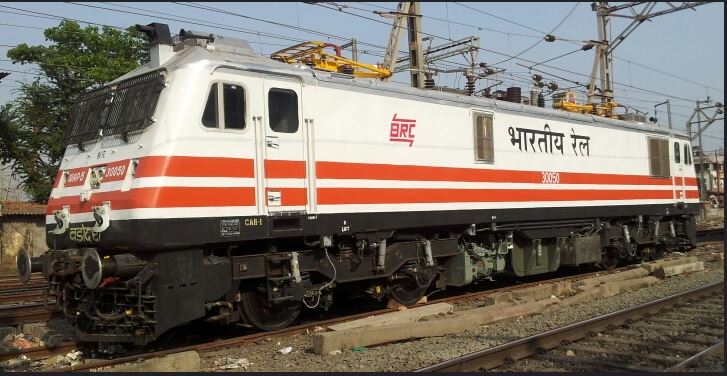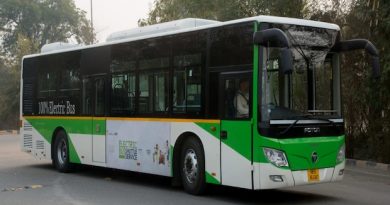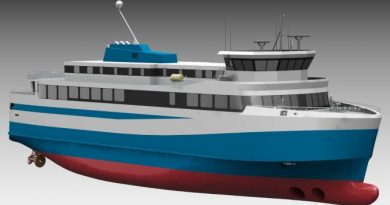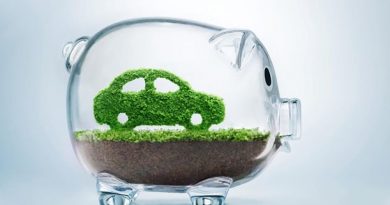WAP-5 Electric Locomotives to cut down Delhi-Mumbai Rajdhani Express Time
 The 'White Beast' goes to Mumbai now
The 'White Beast' goes to Mumbai now
Indian Railways is testing it’s own ‘speed demons’ or ‘the white beast’ as some fans call it, the WAP 5 locomotives to reduce the travel time between Delhi and Mumbai. Turning to all electric locomotives, the trial rake of 18 passenger (LHB) coaches has been doing extensive speed runs between Delhi-Mathura at 160 kmph and Mathura-Mumbai at 130 kmph (Maximum Permissible Limit) in order to reduce the travel time from the current lowest of 16 hours on the Rajdhani Express. Gatiman express, that holds the record for the fastest train in India currently, is also pulled along by a WAP5 loco only. The WAP 5 is manufactured at Chittaranjan Loco Works , after originally being imported through ABB.
The exercise is being carried out by Research Design and Standards Organisation (RDSO), using two WAP 5 locomotives to pull the rake What adds credibility to this initiative is the fact that it is being done without using a diesel generator car, making the entire process of reducing the travel time greener and carbon-emission free.
The second electric locomotive also fulfills the power requirement for air-conditioning and other electric equipment, a purpose which at present is fulfilled by a diesel generator car/coach on all the national trains. On these new trains with two electric locomotives the power coach will still be a part of the rake but not for the generators, but for the space it provides for the guards and parcels.
The arrangement has been made so that one WAP 5 locomotive is attached at each end of the rake. The signals from the first locomotive are transmitted to the locomotive at the other end through radio communication, thus needing only one locomotive pilot.
This arrangement provides three benefits. One, with one locomotive at each end, there is no need for engine reversal thus reducing the turnaround time of the train. And second, by using 2 WAP 5 locomotives of 5400 HP, the total horsepower is well over 10,000 HP, which is considerably greater than a single WAP 7 electric locomotive with a horsepower of around 6,000 HP. And finally, the two locomotives are operating the rake on a push-pull basis which makes the ride from the perspective of the passenger nearly jerk-free, while allowing for faster acceleration and deceleration. The WAP 5 is also notable for its regenerative braking, much like some hybrid electric vehicles, where the energy released while braking is actually stored for use later through an electric motor.
After completing the tests, RDSO will gather and analyse the data to come out with a report on the maximum and minimum possible that can be cut on the crucial Delhi-Mumbai route as the Indian Railways continues to work on its plan to make the journey a 12-hour overnight one.




